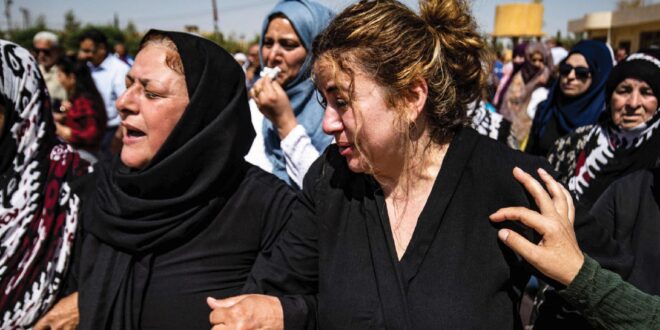The positions of frontlines remain unchanged in northern Syria, despite the high frequency of Turkish attacks and the Erdogan regime’s continued threats to occupy the border strip at a depth of 30 kilometres.
Developments in the field seemed to be racing against political developments. On Monday, Iranian Foreign Minister Hossein Amir-Abdollahian landed in Turkey to meet with Turkish officials and discuss matters in the region — especially Turkish threats to northern Syria. The visit will occur two days before an expected visit by Russian Foreign Minister Sergey Lavrov, who will also land in Istanbul at the head of a military delegation comprising representatives of the Ministry of Defense. The Syrian issue will be a major item during the joint talks.
These developments come at a time when field movements are continuing. Civilian sources in the northern countryside of Raqqa reported that the Syrian Arab Army continued to send additional reinforcements on Sunday to its units stationed in several parts of the area.
The sources told Al-Watan that a military column of the Syrian Arab Army — including soldiers, heavy weapons, and tanks — was deployed on Sunday in the countryside of the Ain Issa area, north of Raqqa. That region has witnessed constant escalation stemming from the Turkish occupation army and its mercenaries, which it calls the National Army. These forces have continued to fire artillery and shells toward the town and its surrounding countryside since the Turkish regime threatened to act aggressively towards it last October.
According to the sources, army reinforcements to the area under the control of the separatist Syrian Democratic Forces (SDF) militias are the second in two days after army garrisons were established there earlier.
 Eurasia Press & News
Eurasia Press & News




